If you've ever been to Italy, then you've likely visited the city of Pompeii.
Once a bustling port in ancient Rome, Pompeii was destroyed when Mount Vesuvius erupted just miles away in 79 AD, leaving the city buried under 20 feet of ash and debris.
Today, Pompeii is a popular tourist attraction where visitors can observe what life was like in ancient times. Because the volcano's eruption happened so fast, the people of Pompeii had no time to flee or even seek shelter. The remains of the old city are the best glimpse into ancient life that exists today.
Even though Pompeii was destroyed centuries ago, excavators are still digging up the city's remains, and new information about the its untimely destruction is unearthed every day.
How much do you know about Pompeii's history and excavation? Check out these 10 facts about Pompeii below, and put your knowledge to the test!
Do you know someone who's headed on an Italian adventure soon? Don't forget to SHARE this article with them!
Thumbnail Photo: Flickr / Michael Davies
1. The City's Ruins Weren't Excavated Until Centuries After The Eruption

Although the city of Pompeii was destroyed in 79 AD, its preserved remains were not formally excavated until 1748.
Excavation work began on the site under Charles III of Bourbon, the King of Naples. However, the city wasn't actually identified as Pompeii until a few years into the digging.
2. Several Artifacts Were Removed For The King's Private Collection
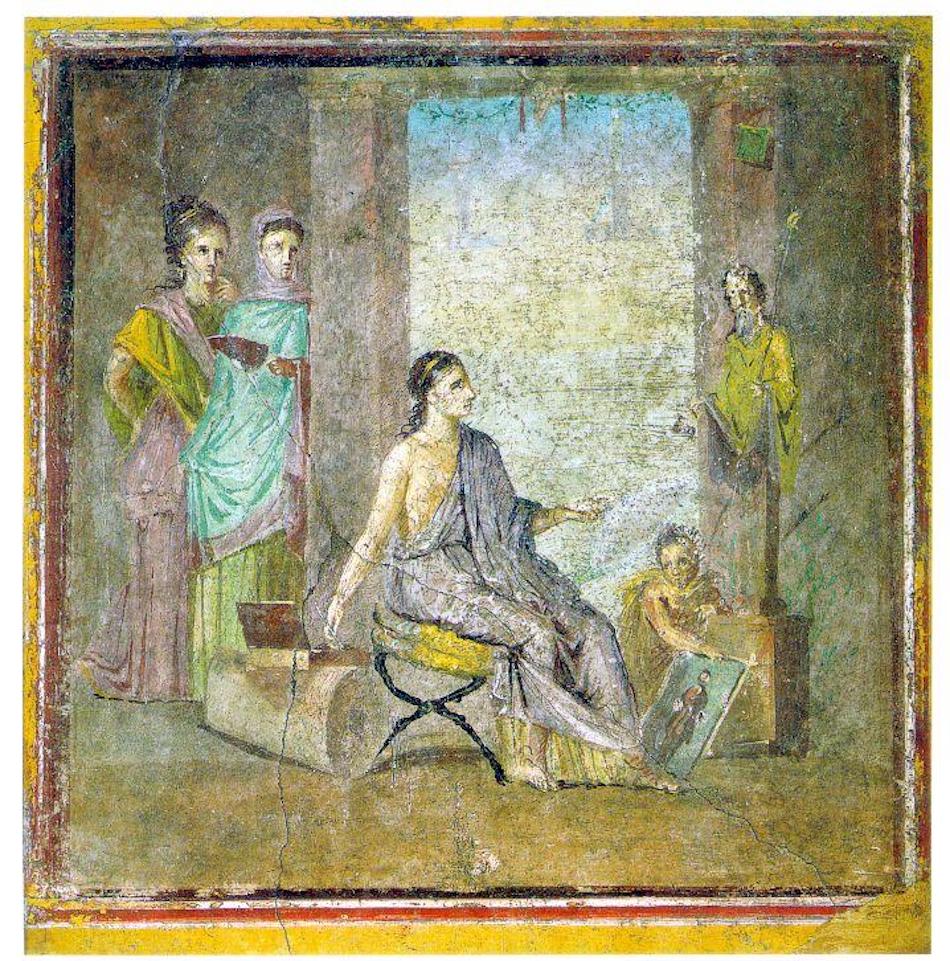
The main objective of the original dig was to find artifacts. Several ended up in the private collection of Charles III of Bourbon. In the process of removing these artifacts, dozens of irreplaceable objects were damaged or destroyed.
The artifacts that were removed remain in Naples today, where they are displayed in the Museo Nazionale.
3. The Volcano That Destroyed Pompeii Is The Only One Of Its Kind On Mainland Europe

Mount Vesuvius, the volcano just east of Naples that buried Pompeii, is the only active volcano on mainland Europe.
Vesuvius hasn't erupted since 1944, when lava poured down for two weeks in the throes of World War II. However, the volcano has caused countless earthquakes in the surrounding region.
4. The Ampitheatre In Pompeii Is The First To Ever Exist

It is presumed that the amphitheater in Pompeii is the first to ever exist, providing the format for outdoor theaters to come.
Pompeii's amphitheater was built around 70 BC, and most of its structure remains intact today.
5. The Roman Emperor Had A Vacation Home In Pompeii
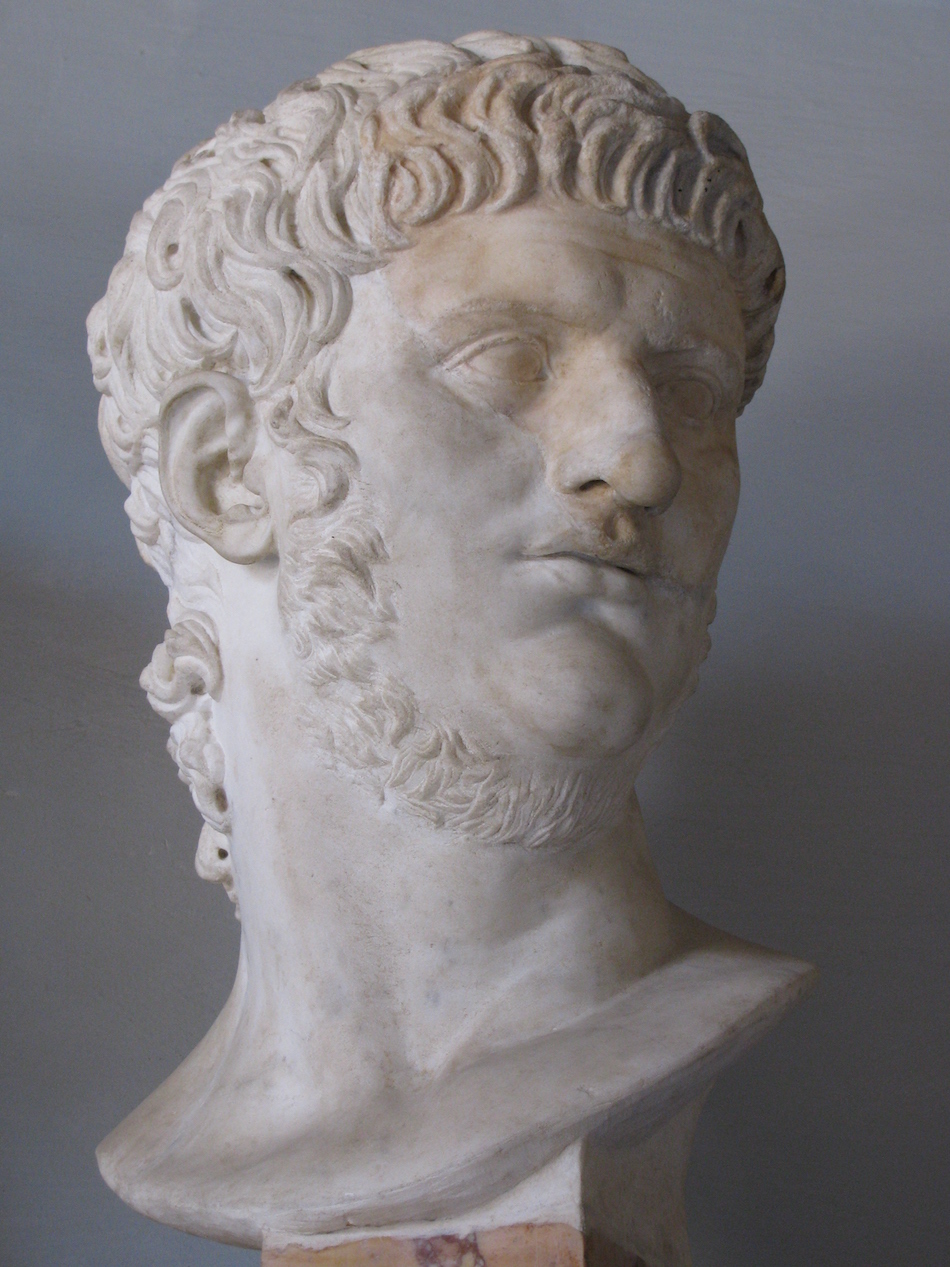
Experts believe that Roman Emperor Nero had a vacation home in Pompeii that was destroyed when the city was covered in lava. Nero's second wife, Poppaea Sabina, was also originally from the doomed city.
6. On Any Other Day, Pompeii May Have Survived

In the region of Italy where Pompeii was located, the winds generally tended to blow toward the southwest in the summer months, away from the city. However, on August 24, the winds were blowing toward the northwest, causing the column of ash to hit Pompeii head-on and destroy it.
7. As Many As 25,000 People May Have Died
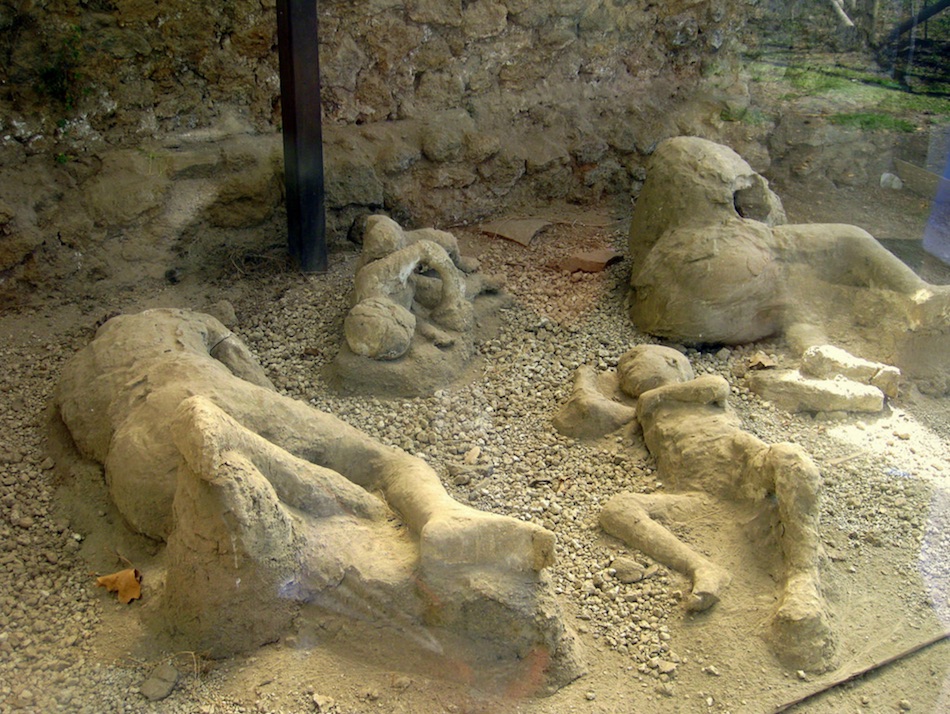
Though the number of people who died in Pompeii is uncertain, experts estimate that as many as 25,000 perished from various causes related to Mount Vesuvius' eruption, ranging from fatal head injuries to extreme heat.
8. The Bodies Of Animals Have Also Been Dug Up
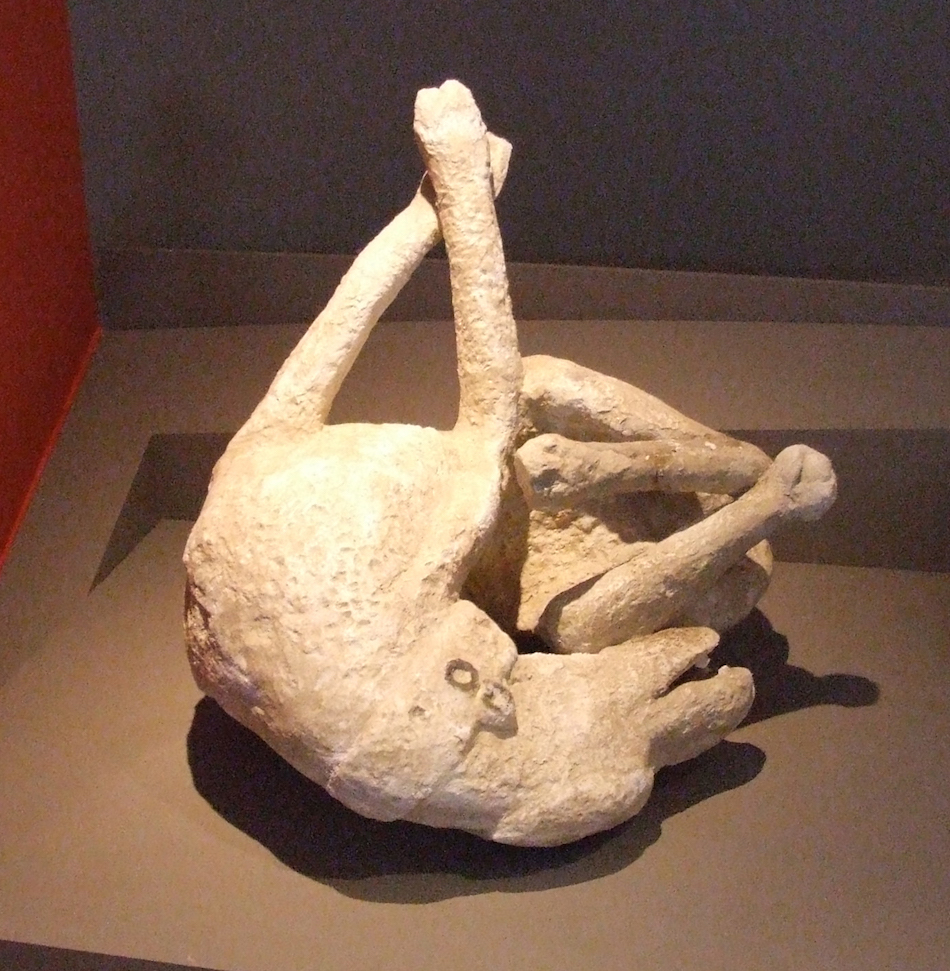
One of the most famous victims of Mount Vesuvius is not a human, but a canine.
Near the olitorium, or marketplace, excavators were able to dig up a pig and the remains of a small chained-up dog struggling to escape, both of whom now remain permanently plastered in Pompeii.
9. It's A World Heritage Site
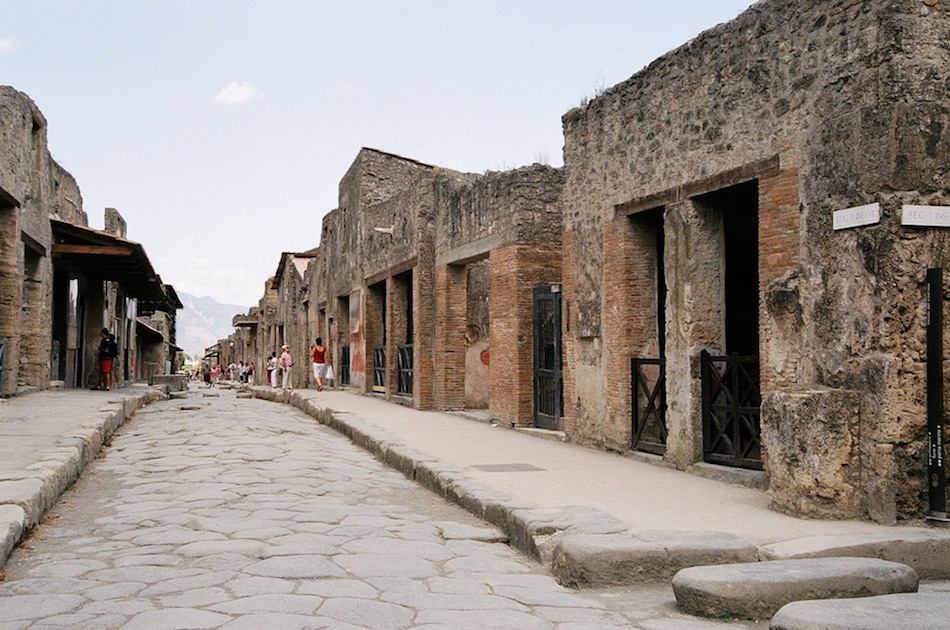
The United Nations declared Pompeii a World Heritage Site in 1997, based on the fact that the city's remains "provide a complete and vivid picture of society and daily life at a specific moment in the past that is without parallel anywhere in the world."
A World Heritage Site is any landmark or area that the United Nations deems to be of cultural or historical significance, and the areas are protected by international treaties.
10. There Are Eyewitness Accounts
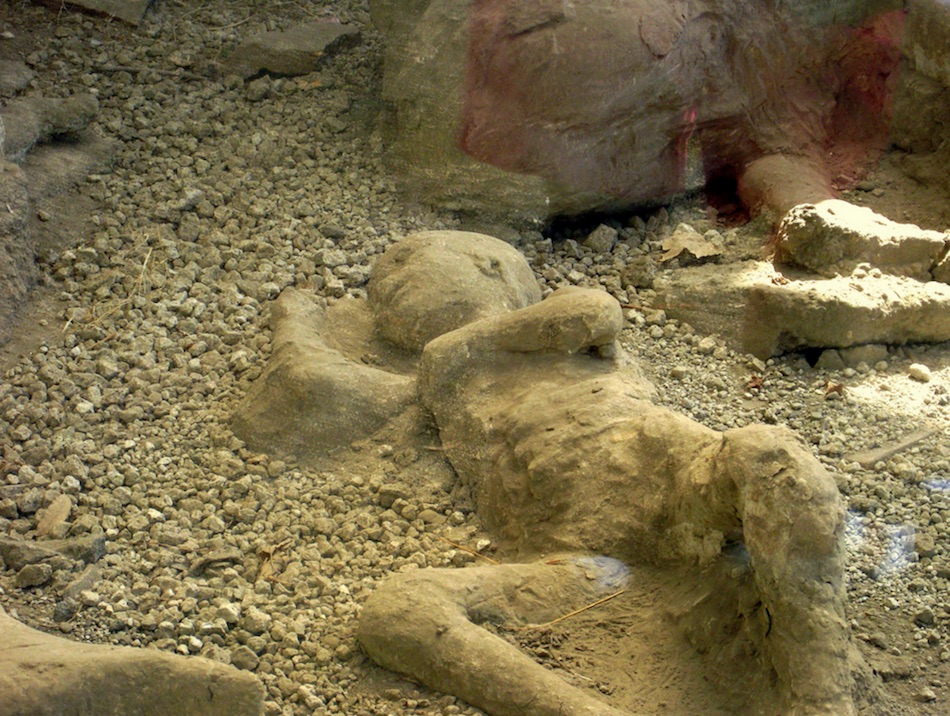
Though everyone in Pompeii suffered a tragic end, there was one man who witnessed Mount Vesuvius's eruption from far enough away that he lived to tell the tale.
That man was Pliny the Younger, a Roman author and administrator who was staying with his uncle when the eruption occurred on August 24.
In a letter he wrote to his friend, discovered in the 16th century, he wrote of the eruption: "Its general appearance can best be expressed as being like an umbrella pine, for it rose to a great height on a sort of trunk and then split off into branches, I imagine because it was thrust upwards by the first blast and then left unsupported as the pressure subsided…"
Make sure to SHARE these incredible facts with friends and family on Facebook!




